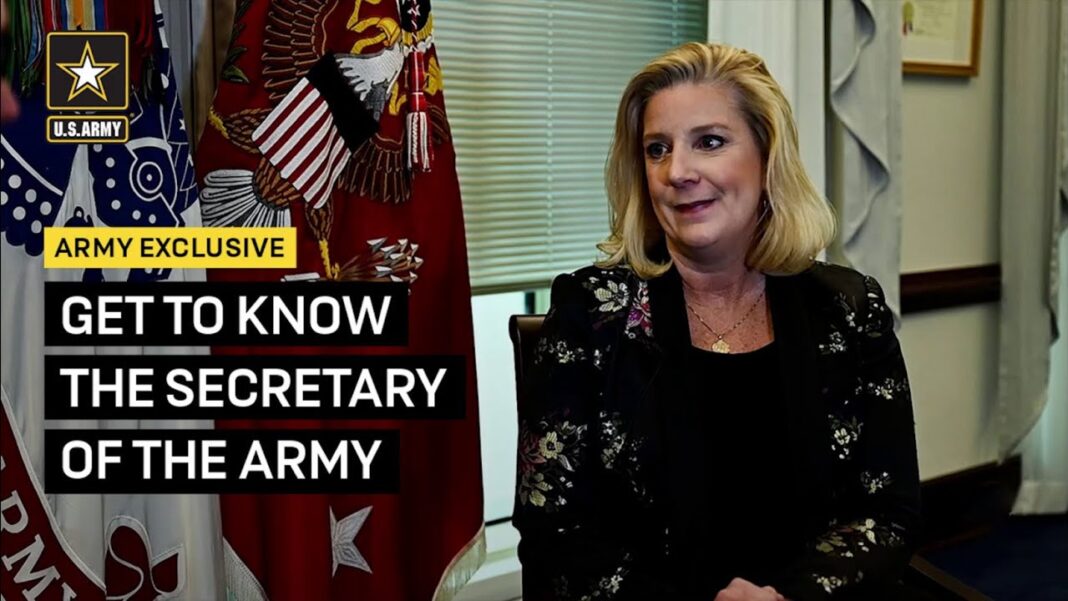
U.S. Army Secretary Christine Wormuth says that resolving the military branch’s recruiting problems remains one of her top priorities, although the recovery from recent enlistee shortfalls may stretch into 2024 or beyond.
“It took us more than a year to get into the situation that we’re in, in terms of the recruiting landscape, and I think it’s going to take more than a year to turn it around,” Wormuth said during a Feb. 23 panel discussion hosted by the Project for Media and National Security at George Washington University in Washington.
The Army missed its fiscal year 2022 recruiting goal by about 15,000 recruits, representing a 25 percent miss on the service’s 60,000 enlistee goal for the year. The Army has predicted the 2023 fiscal year will be another challenge for the service, leaving them with a further shortfall of 20,000 soldiers. This year, the Army’s recruiting goal is 65,000 new soldiers.
“We are really focused on a call to service. We have set a very ambitious recruiting target this year—65,000,” Wormuth said. “That’s 5,000 more than, frankly, our goal was last year. We are pulling out all of the stops to try to do our very best to make that mission; that is a major priority for us this year.”
The military has seen a number of factors contributing to its recruiting challenges in recent years. In September 2022, a “study from the Pentagon shows that 77% of young Americans would not qualify for military service without a waiver due to being overweight, using drugs or having mental and physical health problems,” Military.com reported.
Wormuth described the Army as being in a process of reintroducing itself to the American public. Military officials have said the COVID-19 pandemic played a role in undercutting recruiting because recruiters have traditionally relied on access to public schools to get young Americans interested in military service; many recruiters had little to no access to schools throughout 2020 and parts of 2021.
Some misperceptions about Army service may also have affected recruiting.
By Ryan Morgan








